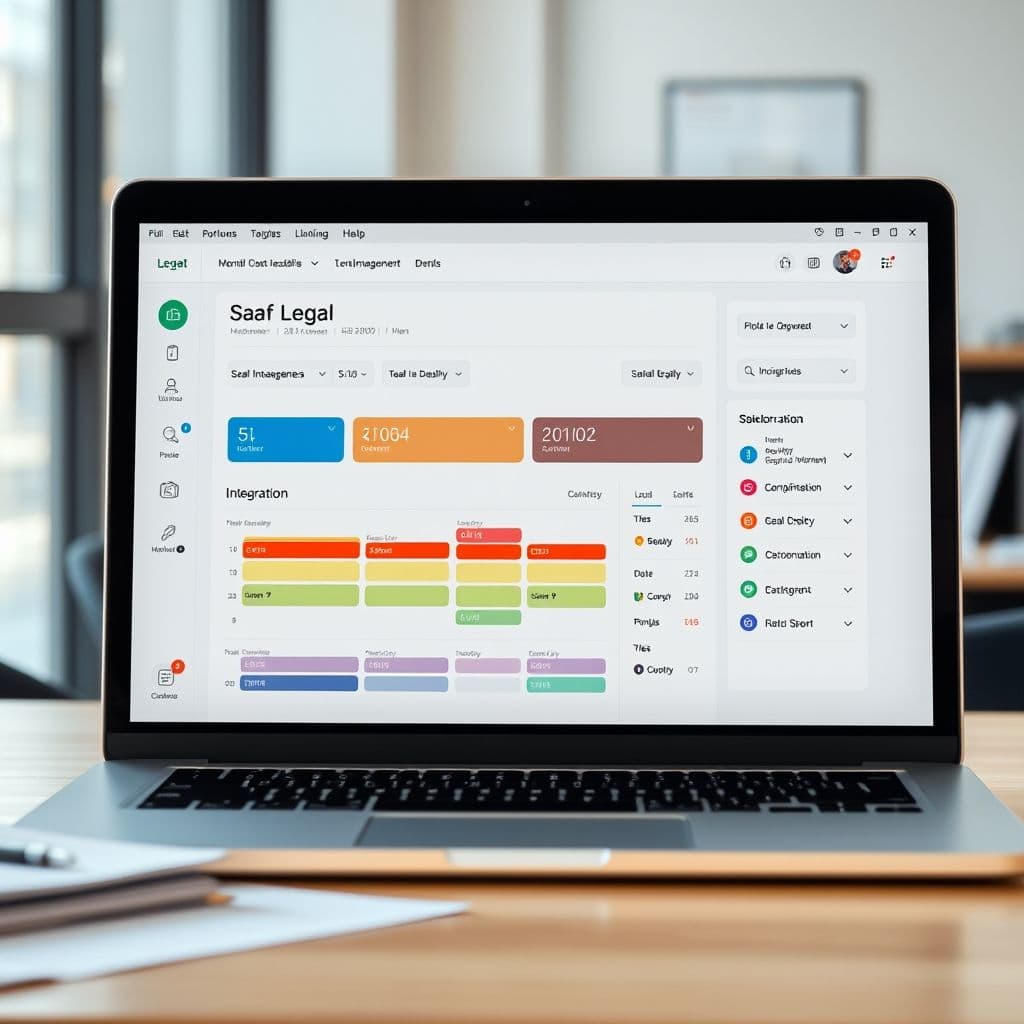The Paralegal's Dilemma: Why Current Organization Tools Fall Short and How a SaaS Solution Could Help

Paralegals face a unique organizational challenge: managing countless deadlines, meetings, and documents across multiple cases. While many turn to paper planners like the popular Erin Condren hourly layout, comments reveal deep frustrations with current tools. From color-coded systems to digital hybrids, no solution seems to perfectly address the paralegal's workflow. This article explores the pain points in legal organization and presents a hypothetical SaaS solution designed specifically for paralegal needs.
The Organizational Nightmare Facing Paralegals
The video transcript and comments reveal several critical pain points in paralegal organization. First, there's the issue of tool fragmentation - many paralegals juggle paper planners, digital calendars, Excel sheets, and email systems simultaneously. As one commenter noted, 'I use the company calendar, my personal calendar, and each department has an Excel sheet.' This fragmentation leads to inefficiency and potential missed deadlines.
Second, the volume of information to track is overwhelming. Case captions, deadlines, meetings, discovery responses, medical records status - each requires meticulous tracking. The color-coding system shown in the video (using 10+ colors for different task types) demonstrates the complexity. Comments reveal others struggle with 'fitting everything into one box' when using traditional planners.

Idea for a Paralegal-Specific SaaS Solution
A hypothetical SaaS platform designed specifically for paralegals could address these pain points through several key features. First, it would offer a unified system that combines calendar functionality with case management, eliminating the need to switch between multiple tools. The platform could automatically calculate and track legal deadlines based on court rules and filing dates, reducing manual entry errors.
The system could incorporate the color-coding methodology many paralegals love, but in a digital format that allows for easy updates (addressing the erasable pen/highlighter comments). It might include document management features that link deadlines to specific case files, and integration with common legal software and email systems. The goal would be to recreate the tactile organization benefits of paper planners while adding digital efficiency.

Potential Benefits and Use Cases
Such a platform could revolutionize paralegal workflow in several ways. For new paralegals (like the commenter asking for tips), it could provide structured onboarding with predefined templates for different case types. The automatic deadline tracking would prevent missed filings, while the unified system would reduce the stress of managing multiple tools.
Different legal specialties could have customized views - family law paralegals who need quick access (as mentioned in the comments) might prefer a mobile-first interface, while litigation paralegals might prioritize deposition scheduling features. The system could even incorporate AI to suggest optimal scheduling based on court availability and attorney calendars.
Conclusion
The comments and video reveal a clear need in the legal community for better organization tools. While paper planners like Erin Condren offer some relief, they can't match the potential of a purpose-built digital solution. A paralegal-specific SaaS platform could combine the best aspects of physical planners (visual organization, tactile feedback) with digital advantages (automatic reminders, document linking, team collaboration). As legal workloads continue to grow, such a tool could become indispensable for efficient practice management.
Frequently Asked Questions
- How would this SaaS solution differ from existing legal software?
- Unlike general practice management software, this hypothetical solution would focus specifically on paralegal workflow needs - deadline tracking, document organization, and calendar management from the paralegal's perspective. It would prioritize ease-of-use and visual organization methods paralegals already prefer.
- Would this replace paper planners entirely?
- Not necessarily. The ideal solution might offer printable views or integration with physical planners for those who prefer hybrid systems. The goal would be to reduce (not eliminate) reliance on multiple fragmented tools.
- How difficult would this be to implement in law firms?
- Adoption challenges would include integration with existing firm systems and change management. However, a well-designed solution that demonstrably saves time and reduces errors could overcome initial resistance, especially if it requires minimal training.


